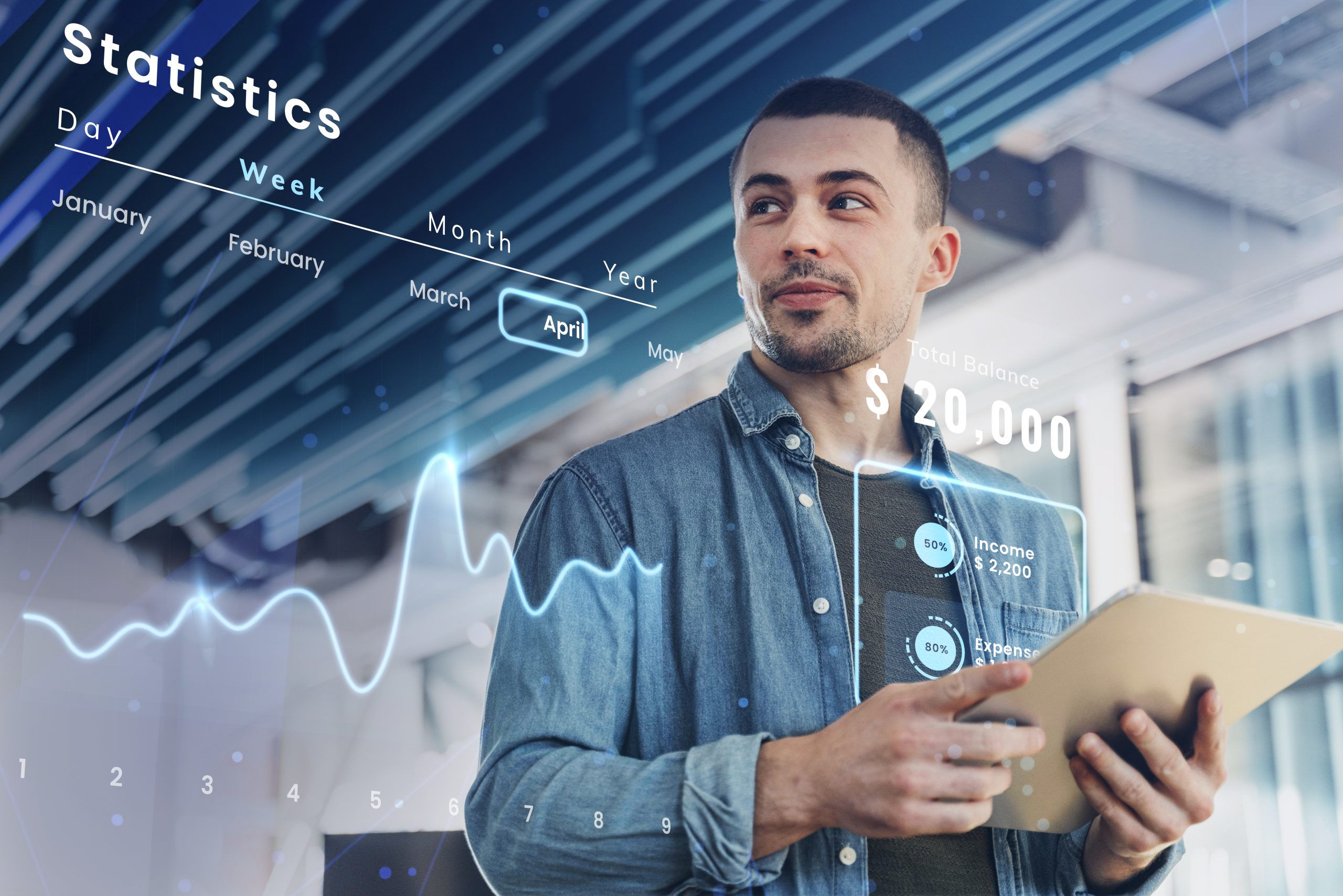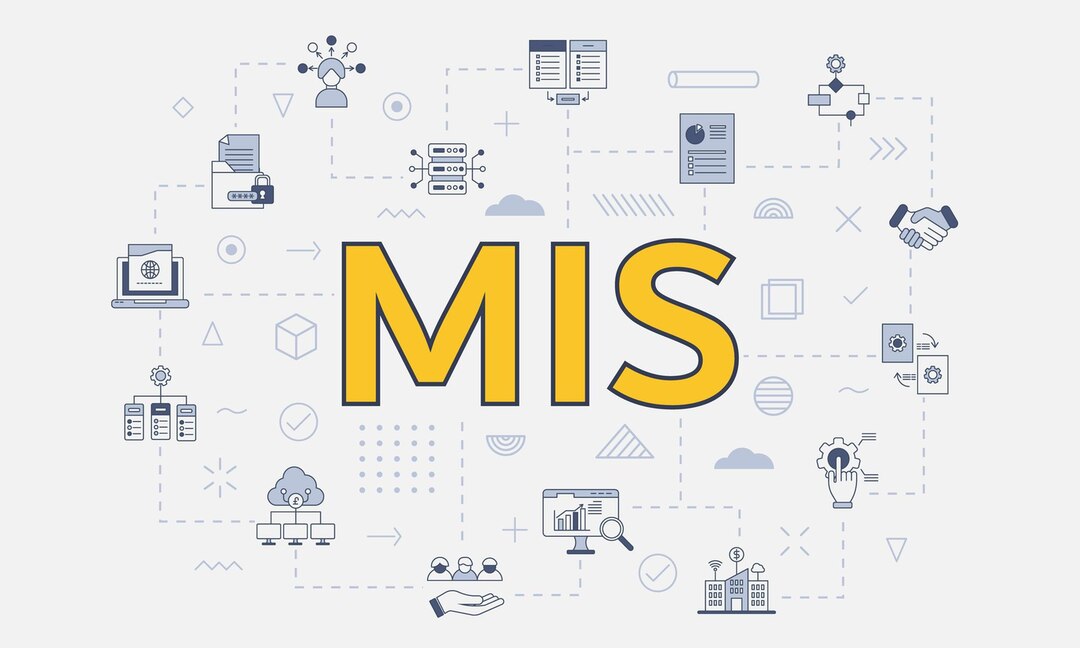For many businesses, the phrase “data analysis” conjures images of endless spreadsheets, manual calculations, and hours spent piecing together reports. While spreadsheets have their place, relying on them as your primary reporting and analytics tool in today’s data-driven world is like navigating with an outdated map. It’s time to move beyond spreadsheets and embrace the power of Management Information Systems (MIS) to modernize your reporting and analytics.
The Limitations of Spreadsheet-Based Reporting:
Spreadsheets, while versatile, suffer from several limitations that hinder effective reporting and analytics:
- Manual Data Entry and Errors: Manual data entry is prone to errors, leading to inaccurate reports and flawed decision-making.
- Lack of Real-Time Data: Spreadsheets often rely on static data, which may be outdated by the time it’s analyzed.
- Limited Collaboration: Sharing and collaborating on spreadsheets can be cumbersome and prone to version control issues.
- Scalability Issues: Spreadsheets struggle to handle large datasets, making them unsuitable for big data analysis.
- Limited Data Visualization: Creating insightful visualizations from spreadsheet data can be time-consuming and challenging.
- Security Risks: Spreadsheets can be easily shared and modified, posing security risks.
- Lack of Automation: most tasks must be performed manually, taking up valuable time.
The Power of MIS for Modern Reporting and Analytics:
MIS offers a robust and comprehensive solution for modernizing your reporting and analytics capabilities:
- Automated Data Collection and Integration: MIS systems automate data collection from various sources, eliminating manual data entry and ensuring data accuracy.
- Real-Time Data and Reporting: MIS provides real-time access to data, enabling timely analysis and decision-making.
- Centralized Data Repository: MIS systems store data in a centralized database, facilitating easy access and collaboration.
- Scalability and Performance: MIS systems can handle large datasets and complex analyses with ease.
- Advanced Data Visualization: MIS provides powerful data visualization tools, enabling users to create insightful dashboards and reports.
- Enhanced Security and Compliance: MIS systems offer robust security features and ensure compliance with data privacy regulations.
- Automation of Reports: MIS systems can automatically generate and distribute reports, saving time and resources.
Key Benefits of Modernizing Reporting and Analytics with MIS:
Improved Decision-Making: Access to accurate and timely data enables better-informed decisions.
- Increased Efficiency: Automation and streamlined processes save time and resources.
- Enhanced Data Accuracy: Automated data collection and validation reduce errors.
- Better Collaboration: Centralized data and collaborative tools improve teamwork.
- Improved Data Visualization: Insightful dashboards and reports facilitate better understanding of data.
- Enhanced Security: Robust security features protect sensitive data.
- Increased Competitive Advantage: Data-driven insights enable businesses to stay ahead of the competition.
Making the Transition:
Moving beyond spreadsheets requires a strategic approach. Consider these steps:
- Assess Your Current Reporting Needs: Identify your current reporting challenges and requirements.
- Evaluate MIS Solutions: Research and evaluate MIS systems that meet your business needs.
- Develop a Data Strategy: Establish clear guidelines for data governance, quality, and security.
- Implement and Integrate: Implement the chosen MIS system and integrate it with your existing business systems.
- Train Your Team: Provide comprehensive training to your team on how to use the new system.
- Continuously Optimize: Regularly evaluate and optimize your reporting and analytics processes.
The Bottom Line:
In today’s fast-paced business environment, relying on outdated spreadsheet-based reporting is a recipe for inefficiency and missed opportunities. Modernizing your reporting and analytics with MIS is essential for gaining a competitive edge and making data-driven decisions. Embrace the power of MIS and unlock the full potential of your data.






